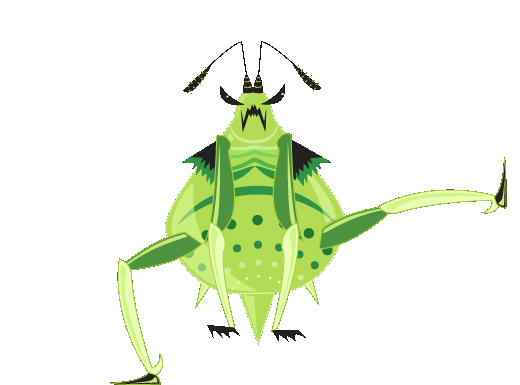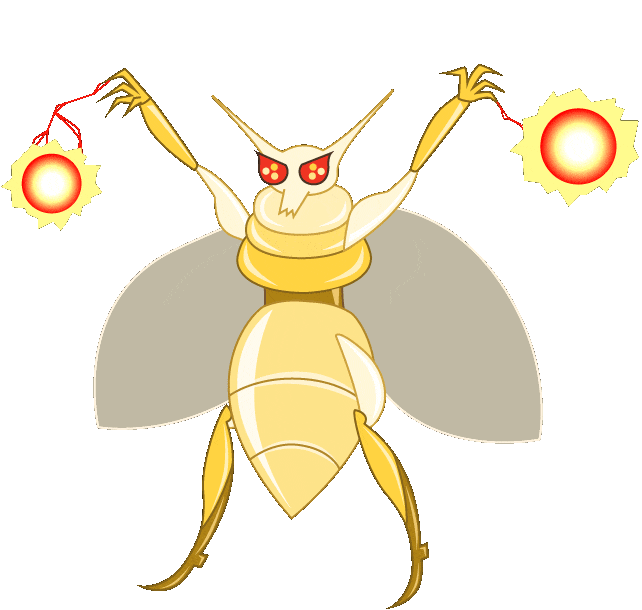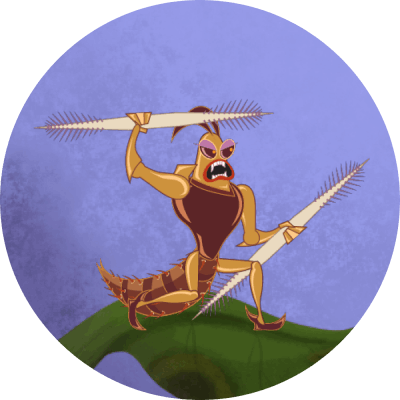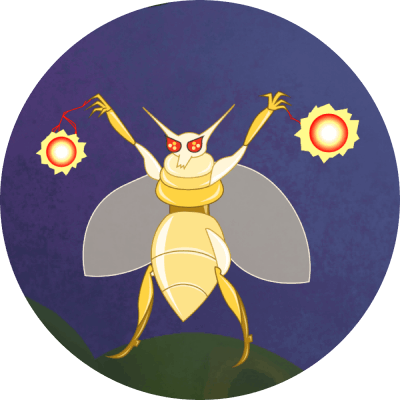Aphids
Aphids – that are also known as blackfly and greenfly. Spring was full of soft, sappy growth, which is manna to these sap suckers. It’s a gardener’s worst nightmare: your newly planted seedlings become infested by a horde of aphids.
Which plants do aphids prefer?
They’re not picky, but they love new growth and sickly specimens. They’re SWINES.
Where to look for aphids on your plant?
Look on the undersides of leaves and stem tips. On my string of pearls they were covering the stems, and on my Syngonium, they were on the stems and at the base of the leaves.
If you see about 10 aphids on a plant one day, the next there may be double that.
How do aphids get in?
They can fly. So they fly in. I mean, they could be on a plant when you buy it, but they’ll fly in too!
Aphids have needle-like mouths that tap into the sweet, sugary sap. This gives rise to another problem: honeydew. This is aphid excrement (poo). If there are enough aphids, the byproduct is sooty mould, infecting leaves, your car, and anything else sitting under their latrine, with a fungus that turns the whole area black. (need image of aphids damage).
LUCKILY, ladybirds LOVE to eat aphids, so introducing a few beneficial insects can help to decimate your population.


Thrips
Thrips – they are the little pale things that look like rice. Thrips look like moving rice.
The yellowish-brown thrips are the most common variation.
Where do thrips congregate?
Check the undersides of leaves, and the part where the leaf meets the stem. They will move all over the leaf though.
Thrips are tiny, but you can see their poo on the leaves – if your plant is sporting some silvery flecks on its leaves you could be seeing thrips poo.
How did my plant get thrips?
Thrips can be carried in on the wind. Maybe you had your windows open and a thrips blew in.
What damage to thrips do?
Look out for bleached-looking leaves, or yellow spots on the leaves. Thrips can also cause new leaves to grow in a deformed way. A thrips infestation can cause leaf drop, though the leaf will thin and wilt first.
Two-spotted mite (TSM)
The two-spotted mite (TSM) is a spider mite, producing fine silk webbing similar to that produced by spiders. Adults are only about 0.6mm in length. It has piercing mouthparts to feed on the contents of individual leaf cells.
Where do TSM congregate?
It has been associated with up to 1,200 host plant species and has become a serious pest on many fruits, vegetables, trees, shrubs, herbs, herbaceous perennials and ornamental plants and many broadleaf weeds in field and protected settings.
When numbers are low they infest the undersides of leaves, allowing populations to remain undetected to casual observation.
What damage does TSM do?
TSM populations can build to high numbers quickly. Females can produce up to 200 eggs in about 12 days on primary host plant species.
Hot, dry conditions favour TSM development.
As TSM numbers increase, infested leaves exhibit characteristic symptoms of yellow speckling. Webbing becomes increasingly apparent and may completely cover the plant if left unchecked.
I have TSM, what do I do now?
The biological control is likely to give the most effective long-term control.
If temperatures will be high, try N. californicus or T. occidentalis; otherwise release P. persimilis, as it is more voracious.
Moderate to high predator populations can rapidly reduce spider mite populations, particularly P. persimilis, which can readily eat TSM to extinction in short periods.


Whitefly
Adults Whitefly (1/16 inch long) are moth-like insects with powdery white wings and short antennae. They are easily recognized and often found near the tops of plants or on stem ends. Wingless nymphs are flattened, oval and almost scale-like in appearance.
These small sucking insects have developed resistance to many synthetic pesticides making chemical control difficult.
Life Cycle
Young nymphs overwinter on the leaves of host plants.
In late spring adult females deposit 200-400 eggs in circular clusters on the undersides of upper leaves.
The eggs hatch in 5-10 days and first instar nymphs, which resemble small mealybugs and are called crawlers, move a short distance from the egg before flattening themselves against the leaf to feed. The remaining nymphal stages (2nd, 3rd and 4th) do not move.
A non-feeding pupal stage follows and within a week, young adults emerge to repeat the cycle. There are many generations per year. Whiteflies develop from egg to adult in approximately 25 days at room temperature. Adults may live for one to two months.
Where do Whitefly congregate?
Common on indoor plants, tomatoes and in greenhouses, the whitefly (Trialeurodes vaporariorum) is a sap-sucking insect that is often found in thick crowds on the undersides of leaves.
What damage does Whitefly do?
Both nymphs and adults damage plants by sucking the juices from new growth causing stunted growth, leaf yellowing and reduced yields.
Plants become weak and susceptible to disease. Whiteflies secrete honeydew, so leaves may be sticky or covered with a black sooty mold.
They are also responsible for transmitting several plant viruses.
Fungus Gnat
Fungus gnats are a common pest of plants grown indoors, especially where humidity and moisture are high.
Adults are delicate, grayish black, mosquito-like flies (1/8 inch long) with long legs and one pair of clear wings. They are not strong fliers and emerge from potted plants, especially when watering.
Both the larval and adult stages of this small plant pest can cause big problems for houseplants. At the larval stage, feeding in the soil, that can damage tender plant roots.
Life Cycle
Adults live about one week and lay up to 300 eggs in rich, moist soils.
Within 4-6 days tiny larvae emerge and begin feeding on plant roots during their two week period.
The pupal stage lasts 3-4 days before young adults leave the soil and begin the next generation.
The entire life cycle from egg to adult may be completed in as little as 3-4 weeks depending on temperature.
Damage
Plant symptoms that indicate fungal gnats are seen as sudden wilting, loss of vigor, poor growth, and yellowing. With severe infestations, a considerable portion of the plants may be lost. Larvae are most damaging to seedlings, cuttings and young plants.


Broad Mite
What is Broad Mite?
Broad mites (Polyphagotarsonemus latus) are a species of small mites that damage many ornamental crops. Broad mites are usually light green to yellow, football shaped.
They are most active during the warmer months and greenhouses.
Broad mites are tiny (0.2 mm), so almost impossible to see with the naked eye and are best viewed with a strong hand lens or microscope.
They are able to hide and feed in the tightest, newest growth so scouting activities should be concentrated there first.
Life Cycle
Broad mites have a short and rapid lifecycle living between 5 and 13 days. An unmated female will lay male eggs only, but after mating, she will lay about 4 female eggs for every male egg. Eggs are clear, elliptical, and covered with opaque white dots.
2 to 3 days after hatching, the larvae enter an inactive phase.
Active adult males will pick up and carry the quiescent females until they become active, at which time, mating occurs.
Damage
The damage caused by the broad mite has the typical pattern of damage consisting of malformation and distortion of the above-ground growth of the plant. The mites show a preference for young, developing plant tissue, like the growing tips, young leaves and flower buds.
Leaf feeding is mainly concentrated on the underside near the leaf stalk, which tends to cause the leaf to turn brown and curl up.
Rust mite
This pest is known as the rust mite on oranges and the silver mite on lemons. It is an occasional pest in coastal areas of Southern California and is a problem in some years in inland Southern California growing areas.
Citrus rust mite is tiny and requires a hand lens to view.
A generation may be completed in 1 to 2 weeks in summer, but development slows or stops in winter.
Where to find them?
Monitor Rust Mite from early spring through summer. On orange trees, look for rust mites on young foliage in early spring; by late spring, most of the population will be on fruit. On lemon, rust mites are mostly on fruit throughout the season.
To identify previous infestations, check outside fruit for scarred rind tissue. To assess current season levels, examine small green fruit on the inside of the canopy.
A 10X to 15X hand lens is necessary to identify these minute mites. They usually feed in protected places, such as the stylar end of the fruit.
When mite numbers are high, the mites move over the entire fruit.
Damage
The rust mite feeds on the outside exposed surface of fruit that is 0.5 inch (1.3 cm) or larger. Feeding destroys rind cells and the surface becomes silvery on lemons, rust brown on mature oranges, or black on green oranges. Rust mite damage is similar to broad mite damage, except that somewhat larger fruit are affected. Most rust mite damage occurs from late spring to late summer.







